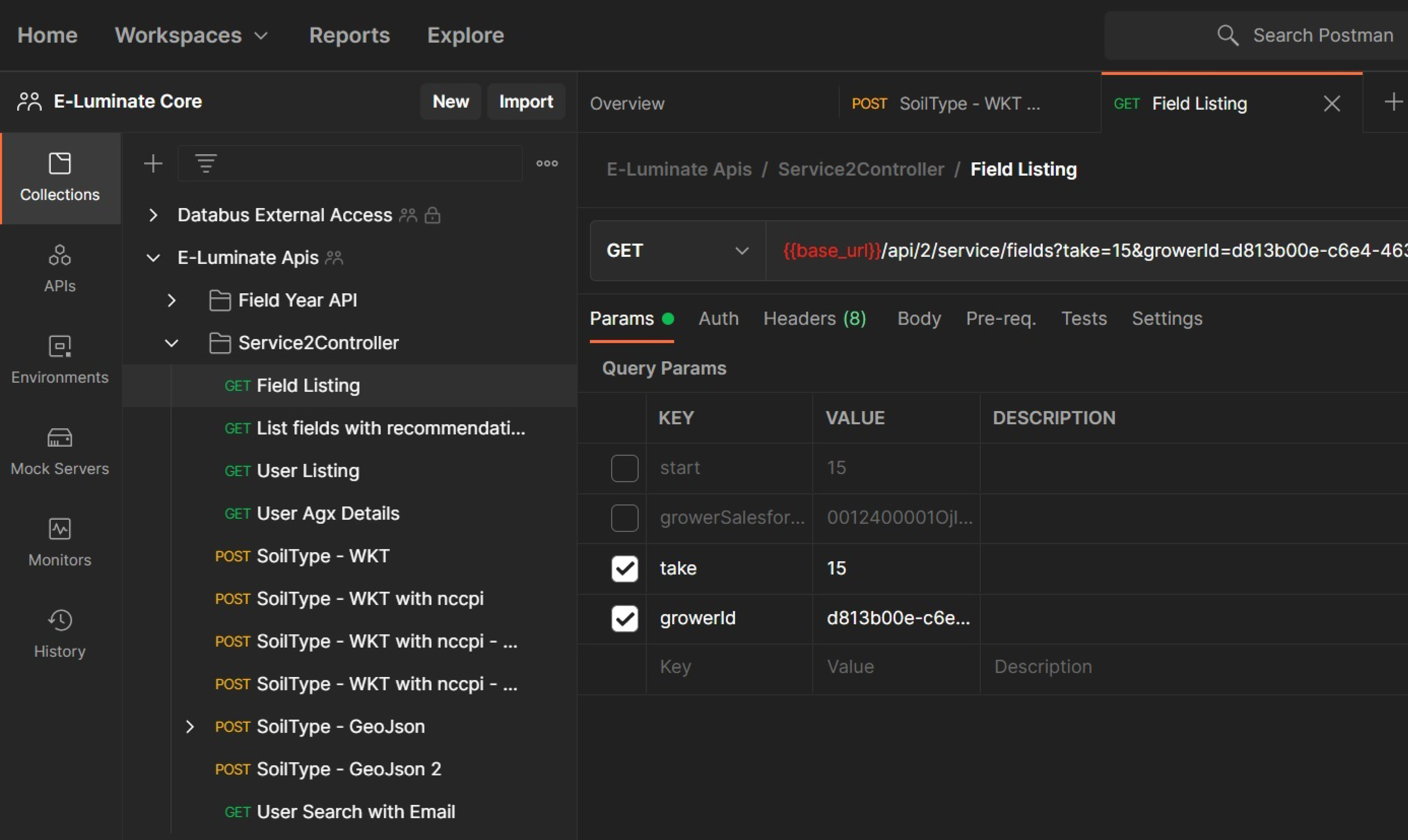Make APIs a Powerful
Catalyst for Business
Application programming interfaces (APIs) are powerful catalysts to realize business goals faster. They are also a challenge for developers and other stakeholders.
Designing APIs requires thinking about current and future functionality to ensure your applications are flexible, scalable and stepping stones for new products. It means structuring APIs to add features and services later without having to re-architect the entire application.
The ability to connect many APIs together creates capabilities otherwise not possible, which is why Forbes refers to them as billion-dollar opportunities.
Treat developers as your customers
Well-designed APIs enable developers to easily understand an API’s purpose and functionality so they can quickly become productive. They spare them the need to build applications from the ground up by providing developer kits and sample code, such as examples for connecting with other popular APIs to combine data and features.

API Best Practices
We’ve designed and consulted on several high-profile APIs for data-driven businesses and products, and there are a few key tenets we are dogmatic about.
-
Make your documentation priority one
Everyone provides reference documentation – the basics of how to make a request and get a response – but
-
Developers are problem solvers
Invest in good error messages and consistent designs so that your users can solve their own problems, rather than waiting on an email response from you. If
The best APIs are extensible far beyond what the creator originally imagined, allowing their customers to create entirely new giants upon whose shoulders they now stand.
-
Make it easy to get started
Developers should quickly understand your API’s main features and how they can start using it. Make the signup process as easy as possible. They should be able to identify
the entry point in 30 seconds, create an account, call the system, and use the results in just a couple of minutes.
-
Provide a sandbox environment for testing

-
Move fast but don’t break things
-
Communication is key to trust when you are a platform
-
Version your APIs
On a similar note, provide a logical and easy way to understand the versioning system for your APIs (generally handled in the url, e.g.: “/api/version/endpoint”). This shields your customers from any downtime or disruptions caused by updates and
maintenance to your endpoints by leaving the old ones in place. In addition, it allows your customers more flexibility and options with how they choose to implement your API. Here is an example of Google’s API versioning schedule.

APIs are the basis of all future development

An API-first approach makes it possible to introduce new features and functions, spin off new products, and more easily synthesize data without changing your application’s basic structure.
It is not always an easy sell when there is intense pressure to be first to market. Resist the temptation to treat APIs as an afterthought. They are the first step in building a thriving developer ecosystem.
APIs unlock digital revenue opportunities
For more than a decade our software architects and engineers have designed and built APIs that have enabled our clients to develop data-driven applications that have paid off in sales, retention and savings. Read about this solution for Beeswax Dyson Farming (now Dyson Farming) and our other case studies.
Increase your adoption and usage of your APIs
Experience matters. Let us walk you through the API design process to position you for fast growth.

